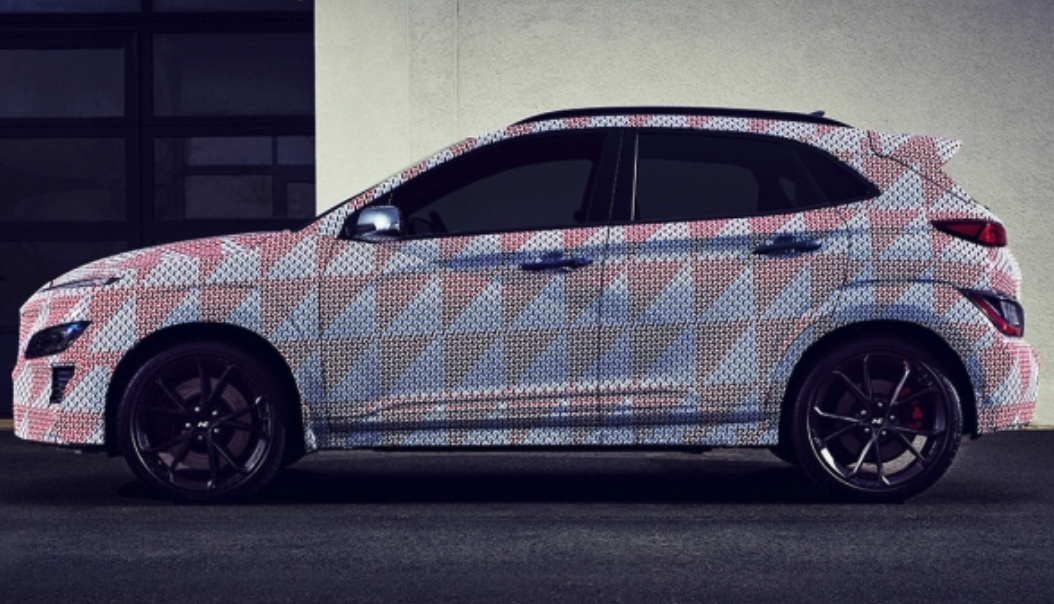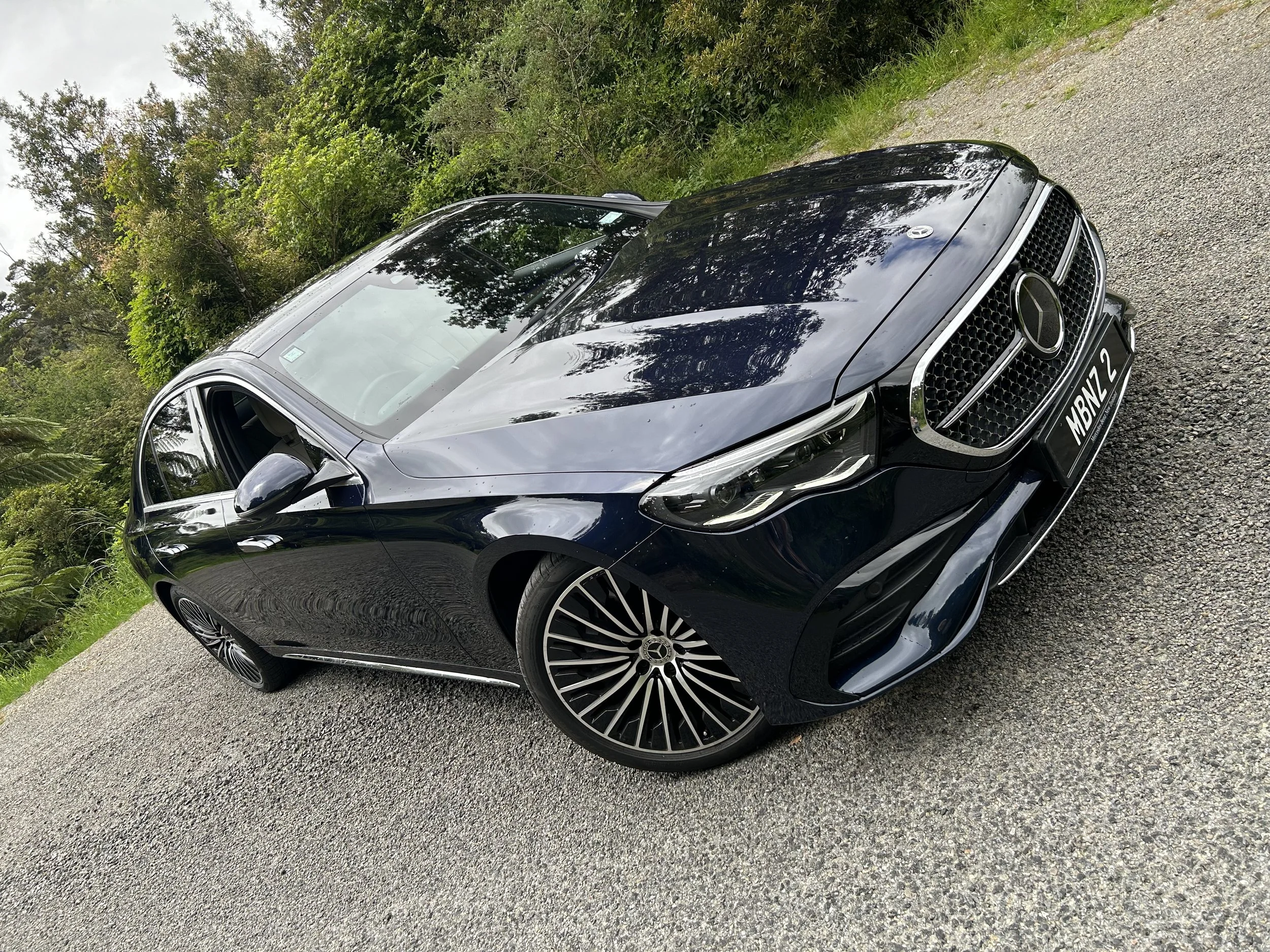Kiwi-favoured Kona EV pulled from home market
/Hyundai has determined to keep exporting the five-seater, according to media reports from South Korea.
ONE of New Zealand’s most popular electric cars, the Hyundai Kona EV, has reportedly been withdrawn from sale, but only in its home market.
Media in South Korea are reporting today that Hyundai is discontinuing the model’s local availability, saying the decision to “phase the car out” locally is as a result of a massive recall due to a fire risk in the battery pack, an issue that first became public in news reports last October.
Yonhap News Agency reports that the car’s image has been tainted by a series of battery fires, which prompted the maker to recall more than 75,680 units in February jointly with battery maker LG Energy Solution Ltd.
They say the five-seater medium sport utility will continue to be built for export.
Comment about the situation and any implications for this market has been sought from the brand’s national distributor.
Hyundai New Zealand has enjoyed great success with the model, which it introduced in 2018 and sells in $76,000 and $86,000 formats. It is poised to release a mid-life update variant with performance and range improvements plus styling and specification changes.
The fire danger issue for Kona EV also implicated the smaller Ioniq hatchback in its fully electric format and has made headlines in South Korea for some months.
It was acknowledged by Hyundai New Zealand on February 25, a day after Hyundai Korea announcing intention to replace the batteries in 82,000 vehicles, the majority of them Konas, at cost of around $US900 million. It’s been called the biggest and most expensive recall for any electric car.
Since then Hyundai distributors around the world have progressively initiated recalls to undertake the intensive and time-consuming process of a battery swap, but it is still not clear if Hyundai NZ has started this process.
Last November it recalled 724 Kona EVs in NZ ownership – examples built between September 29, 2017, and March, 20, 2020 - having been advised by the factory that "the lithium-ion battery may have internal damage or the battery management system control software may cause an electrical short circuit after charging" which could result in a fire.
The immediate remedy for this was to change the battery management system and, if that did not work, Hyundai advised the same procedure it proposes for the global recall – pulling out the battery, a hefty and large item which completely fills out under the floor and is all but a structural component, and replacing it.
When last approached for comment, in late February, a spokesperson for the Auckland-based distributor said it was aware of the situation “however, (we) are waiting for official communication from Hyundai Motor Company with regards to this recall and the number of EVs affected here in New Zealand.
“Safety of our customers is paramount, so as soon as we have a list of affected vehicles we will contact those customers to advise next steps.”
As of mid-afternoon today, no action for the problem had been notified on the national new vehicle recalls register.
When the story broke, a major South Korean news outlet, Business Korea, reported 15 individual incidents of battery-related fires as having been recorded in Kona EVs. Similar fires have also been reported in Ioniq electric cars.
Since this matter first aired Hyundai has announced a new generation electric car, the Five, produced under a freshly-established sub-brand that it (confusingly) also calls Ioniq.
The Ioniq 5 will release in New Zealand late this year; it is a larger, more powerful car than the Kona EV and, being based on a new bespoke platform and having more technology, is expected to be rather more expensive.
Korean news agencies said today that Hyundai will from now on promote the Ioniq 5 as its primary electric offering in South Korea.
Hyundai will only sell Kona EVs in stock for the domestic market, while continuing to export them to overseas markets, company officials said.
Yonhap reported that the production of Kona EVs has been halted since March “in consideration of the domestic demand and to realign the assembly line for new EVs."
Hyundai sold more than 10,000 Kona EVs in South Korea in 2018 and 2019, but sales dropped to about 8000 units last year following the fires and what Yonhap has described as “the maker's mishandling of the recall programme.”
Hyundai sold only 984 units in the domestic market in the first quarter, a 40 percent drop from a year earlier, while its overseas sales fell 17.9 percent on-year to 7428 units, its financial reports showed.
The brand has high hopes for Ioniq 5, saying it has received strong responses in the domestic market alone, drawing over 40,000 preorders so far.






















































































